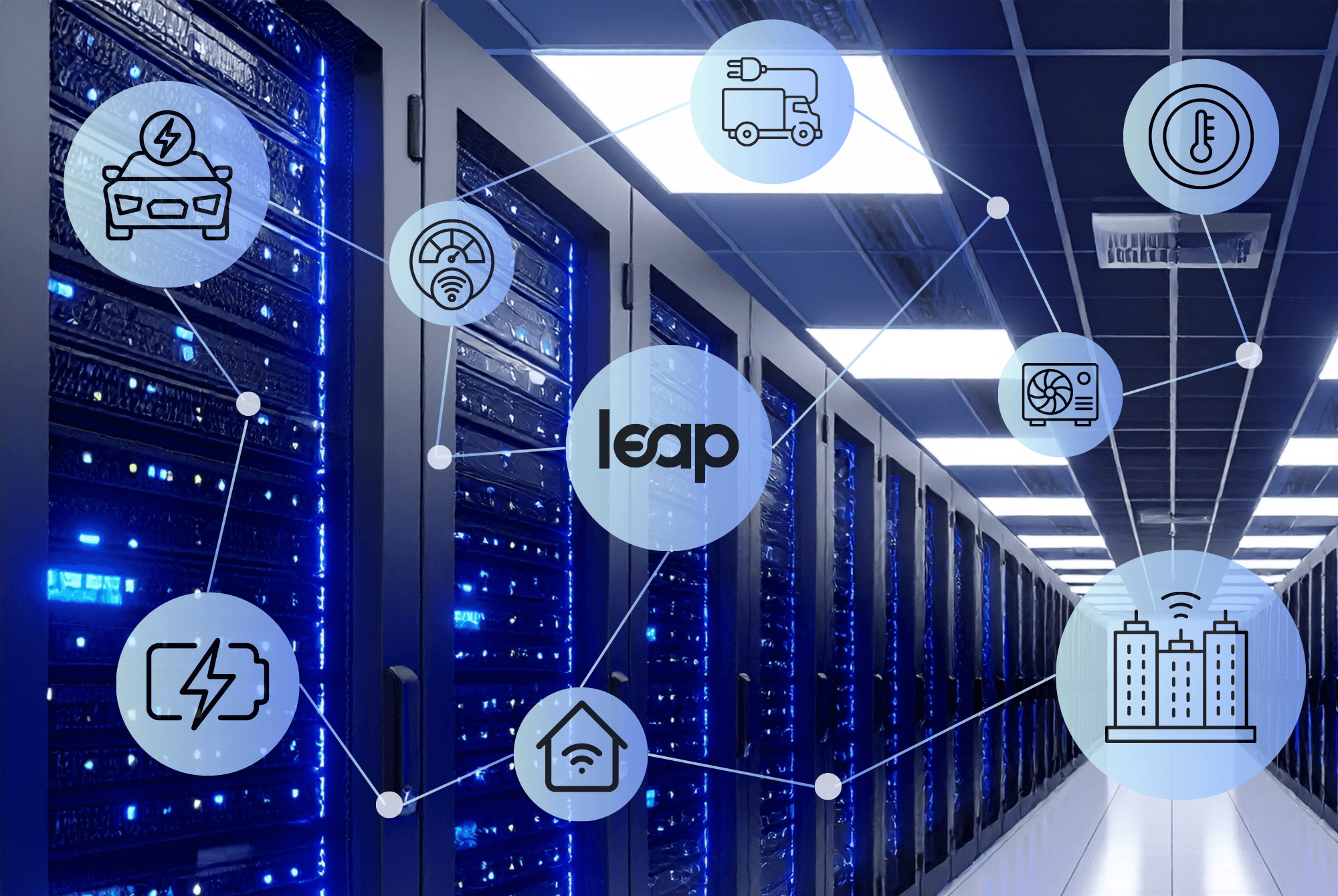November 3, 2022

There is an enormous opportunity to utilize the country’s growing fleet of electric vehicles (EVs) as an asset for grid resiliency. Sales of new light-duty plug-in vehicles doubled from 2020 to 2021 and have continued to rise strongly this year. Investments from the Inflation Reduction Act (IRA) aimed at reducing the cost to manufacture and purchase EVs will further accelerate EV deployment across the US over the next few years.
As the adoption of EVs soars, so does the potential of EVs to tap into new value streams as flexible grid resources. When all of these vehicles plug into the grid to charge, they represent millions of new distributed endpoints that can contribute to grid flexibility. Through smart charging technology, EV owners can opt to automatically shift charging to times that are most beneficial to the grid, like in the middle of the day when solar energy is abundant or overnight when demand for energy is low.
V2X: The future of clean mobility technology
Innovations in EV technology are unlocking new potential for vehicles to get paid for providing meaningful support to the grid. Vehicle-to-everything (V2X) energy applications allow power stored in EV batteries to be discharged from the vehicle to provide energy to some other infrastructure (V2I), buildings (V2B), devices (V2D) or the electric grid (V2G). V2G capabilities allow EVs to export stored energy to the grid during periods of strain, turning EV fleets into networks of flexible batteries.
Leap is expanding EV access to energy markets
Leap partners with EV manufacturers and solution providers to monetize their fleets’ flexibility in utility and wholesale grid services programs. Our software platform enables easy integration of EV charging technology into energy markets so that partners can generate revenue for avoiding charging or exporting stored energy when the grid is strained.
This year, we’ve scaled our work across the clean mobility sector. We expanded our partnership with EV solution provider Optiwatt to offer grid services programs to their customers in new markets. In addition, Leap is currently working on V2G pilots in two of the first programs that enable V2G exports, the Emergency Load Reduction Program (ELRP) in California and the Connected Solutions program in Massachusetts - and we’re excited to explore more opportunities to monetize V2G capabilities.
This year, we’ve also grown our partner community through new collaborations with EV technology and solution providers across the clean mobility ecosystem, including bp pulse, an EV infrastructure and charge management provider for businesses and consumers; Kaluza, whose real-time SaaS platform connects, manages and optimizes EVs and other smart devices for demand response services; EVCS, which builds networks of public EV charging stations across the US; and Epic Charging, which offers a hardware agnostic SaaS approach to managing electric fleets, reducing total cost of ownership and maximizing benefits of going electric.
EVs are uniquely flexible energy assets that are well-positioned to provide valuable support to the grid. Opportunities to monetize this flexibility will continue to expand as energy markets increasingly enable EV exports, charging infrastructure becomes more available and advances in battery technology reduce the time required to charge vehicles. Leap is committed to maximizing the potential of clean mobility technology as paid grid resources in the distributed energy economy.


